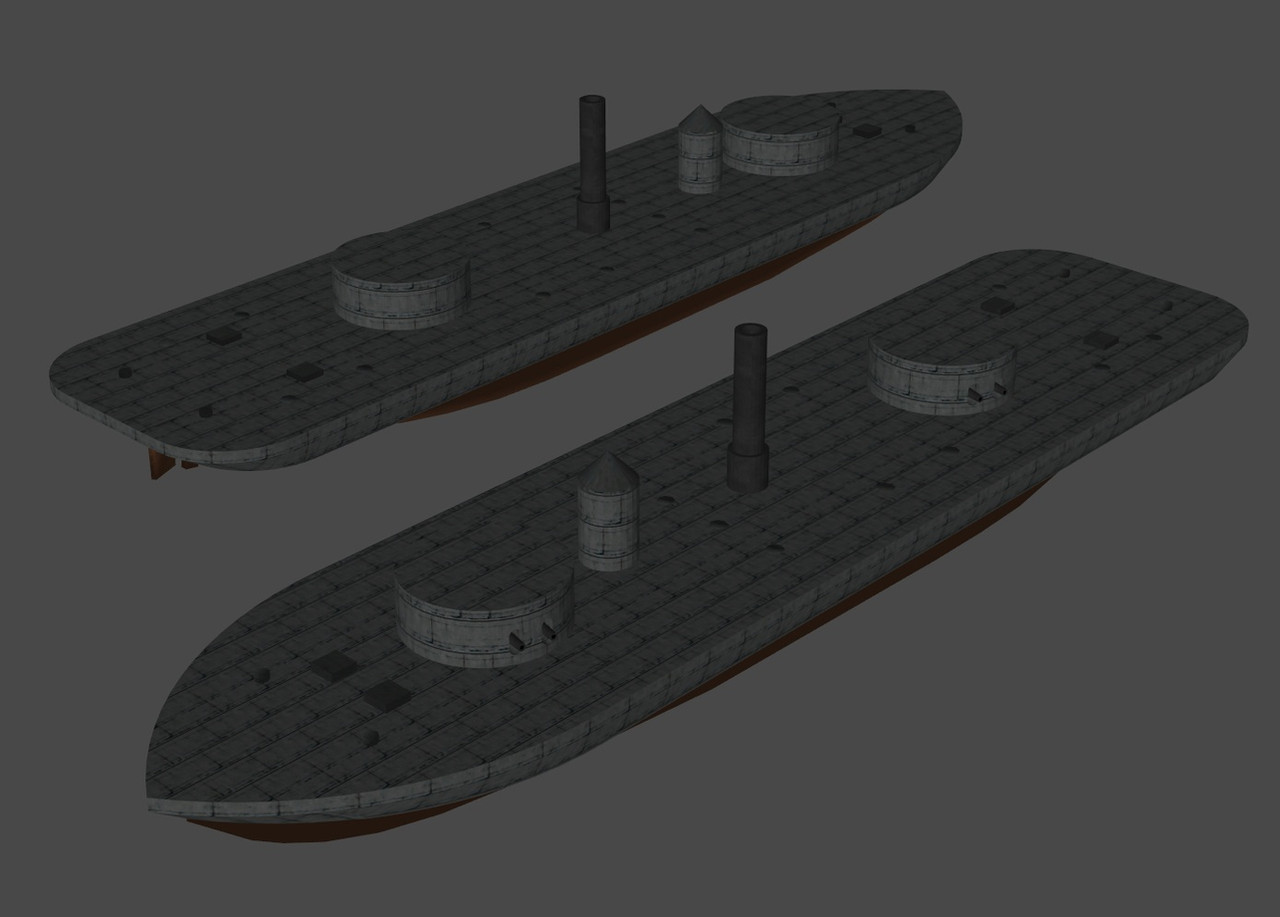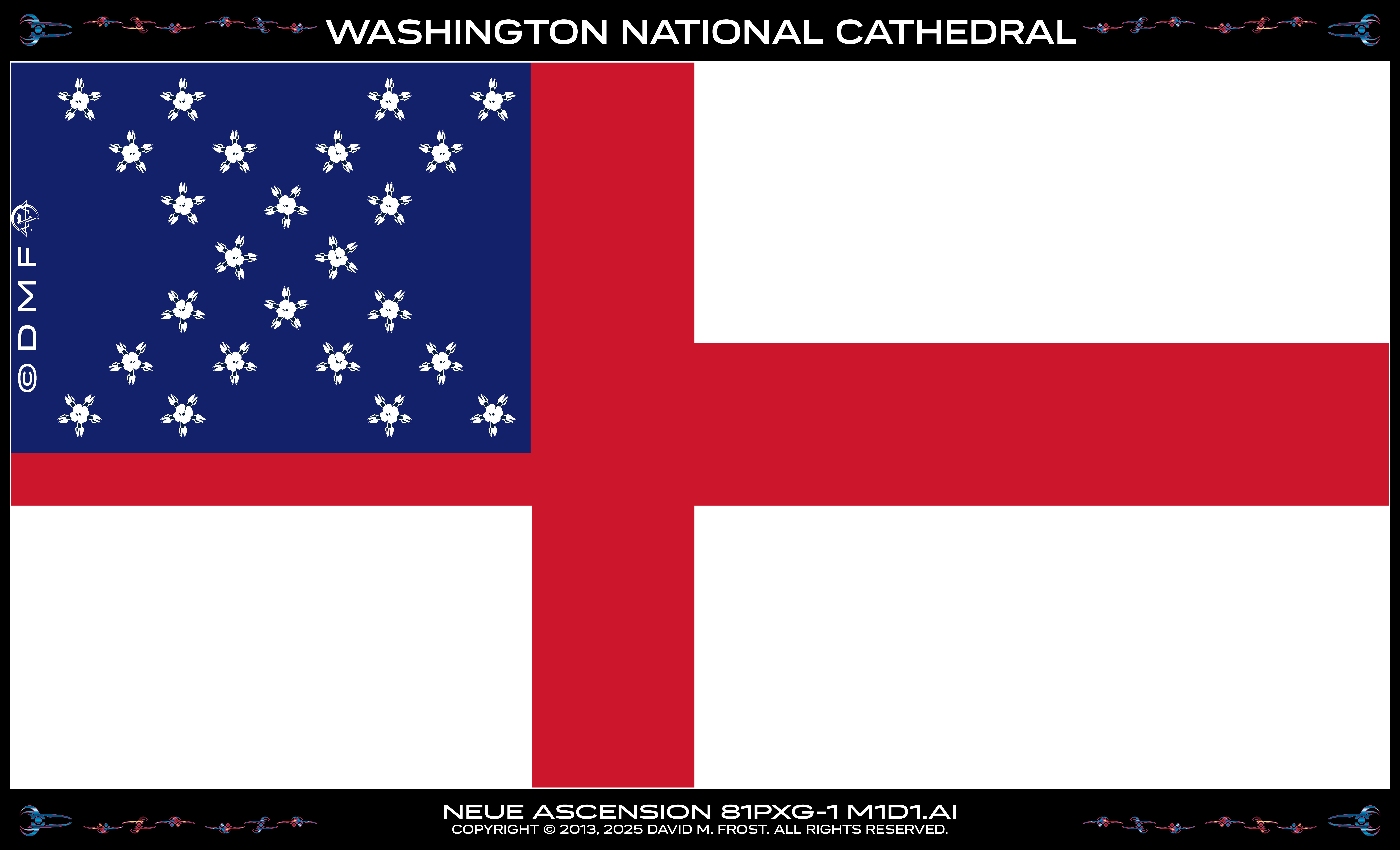HOME | DD
 DigitalExplorations — USN - Milwaukee class river monitor (STL port)
DigitalExplorations — USN - Milwaukee class river monitor (STL port)

Published: 2023-11-03 02:33:15 +0000 UTC; Views: 1910; Favourites: 14; Downloads: 1
Redirect to original
Description
Ported to OBJ, textured, and further modified from the STL format low poly tabletop war gaming model created by Patrick Woodard. Preview picture posed in XNALara XPS. You can download Mr. Woodard's original STL model as part of his Union Ironclads Pack at the link below but be warned! STL models normally come untextured because they're made for use with 3D printers, with the end user expected to hand paint the 3D printed model. Furthermore I've added extra parts to this one in order to soup it up a bit and make it look somewhat better. If you want this to look the way it does in the above picture (or even better if you have the skill), then you'll have to round up your own textures and extra parts and do the job yourself, just like I did. Here's that link:
www.thingiverse.com/thing:3184…
The Milwaukee class consisted of four twin-turreted monitors built for the United States Navy (USN) or Union Navy during the American Civil War (1862-65). They were specially constructed and designed for use in inland waterways such as rivers and lakes; hence the term river monitor or more formally rivertine monitor. They had very shallow drafts (only six feet!) and mounted twin 11-inch Dahlgren guns instead of the larger and more powerful 15-inch model used with regular monitors, as well as having somewhat less armor (but thicker wood backing for it), in order to help lighten the load for inland waterway use. Further helping to lighten the load was the Eads turret, designed by Cairo class co-creator James Eads and who got the contract to build the Milwaukee class. It was a notable improvement on the original Ericsson turret used with all early Union Navy monitors, and anticipated modern barbette-style gun turret designs in several respects. It used tracked ball bearings mounted in a ring near the outer turret edge to ease the load on the main spindle when rotating and also to help better distribute the turret's weight. The entire turret structure rotated instead of just the top, with the structure itself extending down into the ship all the way to the base of its mount. Steam power was used throughout to drive almost every function possible inside the turret: loading and unloading ammo, running out the guns and pulling them back in, opening and closing the gun port shutters, and so on. Furthermore both 11-inch guns inside the turret were mounted on a platform that could be raised or lowered (once the guns were pulled back in) so that reloading could be performed inside the hull itself and thus gain additional protection for the gun crews. Finally, all of these innovations meant that an Eads turret required only a crew of six (three for each gun), far less than the number required for an Ericsson turret. The Union Navy required one of each type to be mounted on the Milwaukee class as a way of hedging its bets as it had done with the original mixed-caliber gun battery of USS Monitor, with the new Eads turret mounted forward and the older Ericsson turret mounted aft.
All four members of the Milwaukee class were sent into action as soon as they were commissioned, with Winnebago being the first (27 April 1864) and Kickapoo being the last (8 July 1864), and all four would become part of the history of the war while operating in its Western theater. Two of the class members, Winnebago and Chickasaw, took part in the Battle of Mobile Bay on 5 August 1864 and were heavily involved in that action. While their guns weren't strong enough to penetrate the armor of the Confederate ironclad Tennessee (see separate entry), Chicksaw is credited with scoring the hit that severed her steering chains and significantly reduced her mobility, as well as the shot that broke and shut her stern gun port and a third shot that both killed the machinist attempting to repair the port and breaking the leg of the commanding Confederate fleet admiral on board. It was a key turning point in the battle which eventually led to Tennessee being pummeled into submission by the heavier-gunned Union ironclad Manhattan. After the battle was over both Winnebago and Chickasaw continued to assist Union naval and ground forces for the next three weeks. Milwaukee was sunk after striking a Confederate torpedo (read mine) on 28 March 1865 while conducting a sortie with sister ship Kickapoo on the Blakely River, but her entire crew was saved by Chickasaw and would live to fight another day. Kickapoo would likewise rescue the crew of the monitor Osage the next day and again for the same reason (wink). Winnebago's main contribution during the final months of the Civil War was in helping to bottle up the Confederate ironclad Nashville and other CSN forces on the Tombigbee River.
Once the war was over all three survivors of the Milwaukee class were almost immediately decommissioned and laid up in reserve. They were never reactivated and eventually sold to the highest bidder in 1874. Only Chickasaw would escape being scrapped, with her new civilian owners converting her into a side-wheeler, steam powered, coal and railroad ferry. By 1944 she was very old and had outlived her usefulness, so she was again converted -- this time into an unpowered barge. The former Chicksaw eventually sank (in a storm?) in the 1950s near Audubon Park at New Orleans, Louisiana. I also note that the wreck of the former Milwaukee was salvaged after the war, with part of the iron used to build her winding up in the Eads Bridge (named for her builder, James Eads) over the Mississippi River at St. Louis, Missouri.
This was an interesting little project and required a bit more work than my custom mods of Mr. Woodard's Confederate ironclad rams, given its double turrets and normal ship-type hull. I wound up borrowing the lower hull from Tom Sanford's generic Civil War era USN steam frigate for Microsoft's Flight Simulator series and resized it to fit (roughly), added a few other details, then textured everything per some recreated plans I found online. It's not perfect and is still missing everything the real ship had, but I daresay it makes for a good placeholder for my Mandel's online image collection. I hope you have as much fun texturing it and tricking it out on your part as I did. XD
For non-profit, non-commercial use only. If you use, mod, re-release in original or modded form or do anything else with Mr. Woodard's models, please give him credit for his original handiwork, okay? Thank you.




















